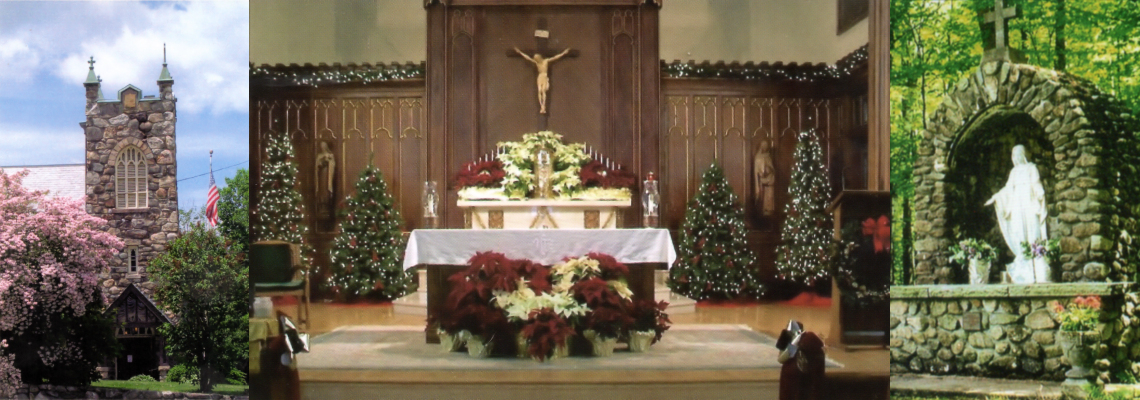Solomon was the most glorious and powerful king the nation of Israel ever knew. Not only his subjects, but foreign visitors as well would have knelt whenever they came into his presence. In the ancient world, that was the universally recognized posture of reverence and submission.
According to 2 Chronicles, however, then Solomon entered the temple he had built, this great king himself knelt down before God’s altar (see 2 Chr 6:12-13). He recognized that he was in the presence of the King of kings, the all-powerful, all-glorious Ruler of the universe.
Today our culture tends to scoff at the notion that anyone should ever kneel. To many, the gesture is a quaint leftover from medieval times, an act that is somehow beneath our modern dignity. But Catholics recognize that God is still God, and that “every knee should bend, / of those in heaven and on earth and under the earth, / and every tongue confess that / Jesus Christ is Lord” (Phil 2:10-11). So Catholics count it a privilege to kneel before him, because he is worthy of our reverence an submission.
Jesus is present in his Body and Blood, soul and divinity, in the Eucharist (see “Is the Eucharist Truly the Body and Blood of Christ?”). So when Catholics come before the tabernacle in a church, where the Eucharist is reserved, they genuflect — that is, they bend the right knee to the floor and rise again. In this way they imitate the faith of the holy women when they encountered Jesus at the empty tomb and “did him homage” by falling at his feet (Mt 28:9). Their gesture gives glory, not only to God the Son, but to God the Father as well (see Phil 2:11).
Related Scripture:
Texts Cited: 2 Chr 6:12-13 • Mt 28:9 • Phil 2:10-11
General: Ps 95:6-7 • Mt 2:11; 8:2; 9:18; 15:25; 20:20 • Lk 24:52 • Jn 9:38 • Rv 5:8
Catechism of the Catholic Church: 1378
